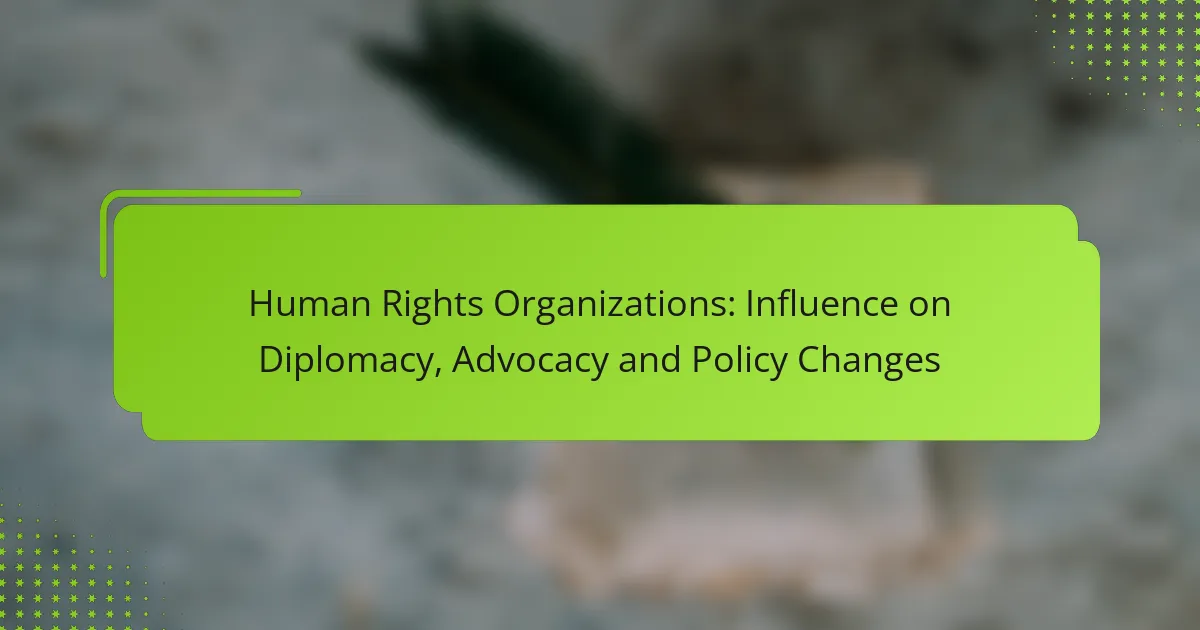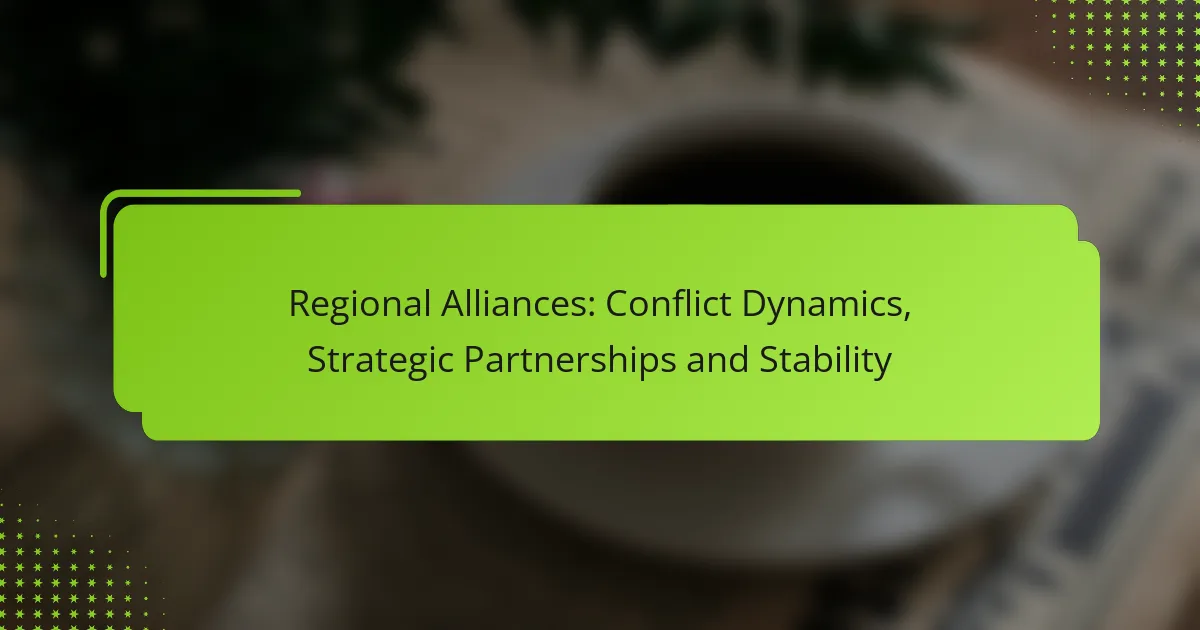Human rights organizations play a crucial role in shaping diplomacy and influencing policy changes through their advocacy efforts. By leveraging their expertise and networks, they hold governments accountable and promote adherence to international human rights standards. Their diverse strategies, including grassroots mobilization and media engagement, amplify their impact on social justice and lead to significant reforms across various sectors.
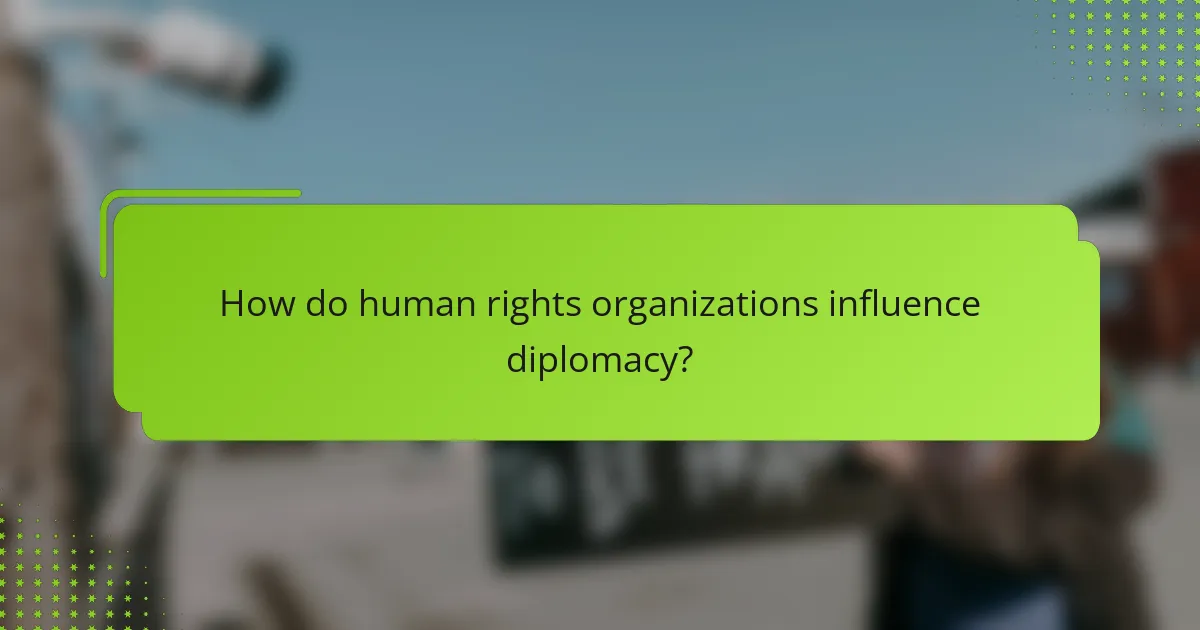
How do human rights organizations influence diplomacy?
Human rights organizations significantly influence diplomacy by advocating for policy changes and promoting accountability among governments. They leverage their expertise and networks to shape international relations and encourage nations to uphold human rights standards.
Direct lobbying of government officials
Human rights organizations engage in direct lobbying by meeting with government officials to present evidence of human rights abuses and advocate for specific policy changes. This often involves providing detailed reports, testimonies, and recommendations that highlight the need for action.
Effective lobbying can lead to the introduction of new legislation or amendments to existing laws that protect human rights. Organizations may also mobilize public support to pressure officials to prioritize human rights in their diplomatic agendas.
Shaping international treaties
Human rights organizations play a crucial role in the development and negotiation of international treaties by providing expertise and advocating for strong human rights protections. They often participate in discussions at international forums, contributing to the drafting process and ensuring that key issues are addressed.
For instance, organizations may push for the inclusion of specific rights in treaties such as the Convention on the Rights of Persons with Disabilities, influencing the final text and its implementation by signatory countries.
Public awareness campaigns
Public awareness campaigns are vital tools for human rights organizations to influence diplomacy by raising awareness about human rights issues. These campaigns can mobilize public opinion, encouraging citizens to demand action from their governments.
Through social media, traditional media, and grassroots initiatives, organizations can highlight abuses and advocate for policy changes, creating a sense of urgency that diplomats cannot ignore.
Collaboration with intergovernmental organizations
Human rights organizations often collaborate with intergovernmental organizations, such as the United Nations, to amplify their influence on global diplomacy. By aligning their goals with those of these larger entities, they can gain access to platforms where they can advocate for change.
This collaboration can lead to joint initiatives, reports, and resolutions that reflect the concerns of both human rights advocates and intergovernmental bodies, enhancing the legitimacy and impact of their efforts.
Case studies of successful interventions
Numerous case studies illustrate how human rights organizations have successfully influenced diplomatic outcomes. For example, the advocacy efforts surrounding the International Criminal Court’s establishment were largely driven by human rights groups that highlighted the need for accountability for war crimes.
Another notable case is the role of organizations in the campaign against apartheid in South Africa, where sustained international pressure led to significant diplomatic changes and the eventual dismantling of the regime.
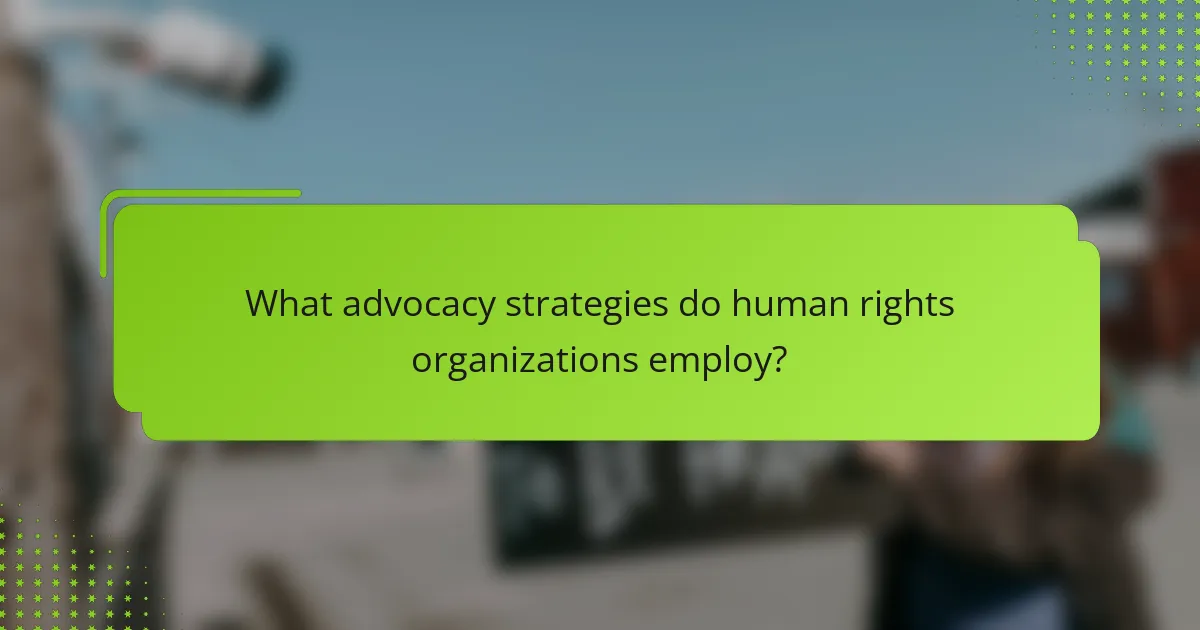
What advocacy strategies do human rights organizations employ?
Human rights organizations utilize a variety of advocacy strategies to influence policy changes and promote social justice. These strategies often include grassroots mobilization, legal action, media engagement, and partnerships with local communities to amplify their impact.
Grassroots mobilization
Grassroots mobilization involves engaging the public to raise awareness and support for human rights issues. This strategy often includes organizing protests, rallies, and community events to galvanize local populations around specific causes.
Effective grassroots efforts can leverage social media platforms to reach wider audiences, encouraging individuals to participate in campaigns or share their stories. Organizations may also train community leaders to advocate for change within their own neighborhoods.
Legal action and litigation
Legal action and litigation serve as powerful tools for human rights organizations to challenge unjust laws and practices. By bringing cases to court, these organizations can seek justice for victims and set legal precedents that protect human rights.
Common legal strategies include filing lawsuits against governments or corporations for violations, as well as supporting individuals in navigating the legal system. Organizations often collaborate with legal experts to ensure that cases are well-prepared and impactful.
Media engagement and storytelling
Media engagement and storytelling are crucial for raising awareness and shaping public perception of human rights issues. Organizations often utilize traditional media, social media, and documentaries to tell compelling stories that highlight injustices and mobilize support.
Effective storytelling can humanize abstract issues, making them relatable and urgent. Organizations may also train activists to communicate their experiences effectively, ensuring that their narratives resonate with diverse audiences.
Partnerships with local communities
Building partnerships with local communities is essential for human rights organizations to ensure their advocacy is relevant and effective. These collaborations help organizations understand the specific needs and challenges faced by communities, allowing for tailored approaches to advocacy.
Organizations often work alongside local leaders and groups to empower them in their fight for rights. This approach not only strengthens community resilience but also fosters trust and long-term commitment to human rights initiatives.
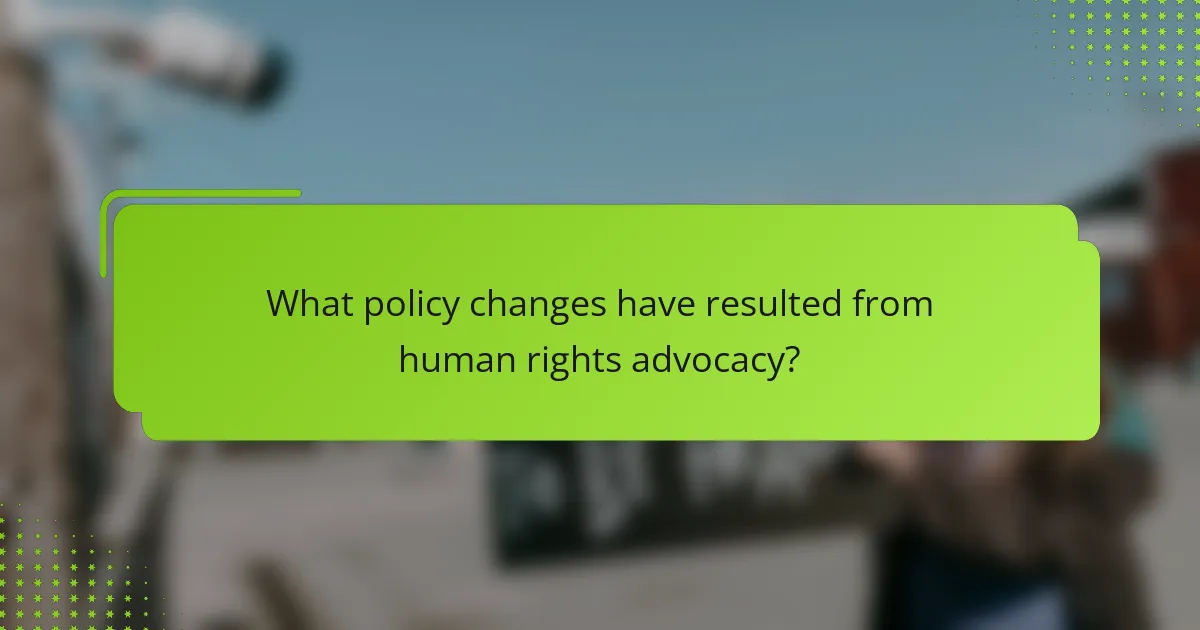
What policy changes have resulted from human rights advocacy?
Human rights advocacy has led to significant policy changes across various sectors, promoting the protection and dignity of individuals. Key areas of impact include legislation on refugee rights, reforms in criminal justice systems, improvements in labor rights, and changes in foreign aid distribution.
Legislation on refugee rights
Human rights organizations have played a crucial role in shaping legislation that protects the rights of refugees. This includes the establishment of legal frameworks that ensure asylum seekers have access to fair processes and protections against deportation to unsafe countries.
For example, many countries have adopted policies that align with the 1951 Refugee Convention, which outlines the rights of refugees and the responsibilities of nations. Advocacy efforts have also led to increased funding for refugee resettlement programs, enhancing support for individuals fleeing persecution.
Reforms in criminal justice systems
Advocacy for human rights has driven reforms in criminal justice systems worldwide, focusing on reducing wrongful convictions and ensuring fair trials. This includes the implementation of legal safeguards that protect defendants’ rights and promote transparency in judicial processes.
In several jurisdictions, organizations have successfully lobbied for the abolition of the death penalty and the introduction of restorative justice practices. These reforms aim to create a more equitable system that prioritizes rehabilitation over punishment.
Improvements in labor rights
Human rights advocacy has significantly influenced labor rights, leading to stronger protections for workers in various industries. This includes the establishment of minimum wage laws, regulations on working hours, and measures to combat child labor and forced labor.
In many countries, campaigns have resulted in the ratification of International Labour Organization (ILO) conventions, which set global standards for labor rights. These improvements help ensure fair treatment and safe working conditions for employees, contributing to overall economic stability.
Changes in foreign aid distribution
Human rights organizations have impacted how foreign aid is distributed, emphasizing the need for assistance to be tied to human rights improvements. This shift encourages recipient countries to adopt policies that respect and protect the rights of their citizens.
For instance, aid conditionality has become a common practice, where countries must demonstrate progress in human rights before receiving financial support. This approach aims to promote accountability and sustainable development, ensuring that aid effectively contributes to the well-being of vulnerable populations.
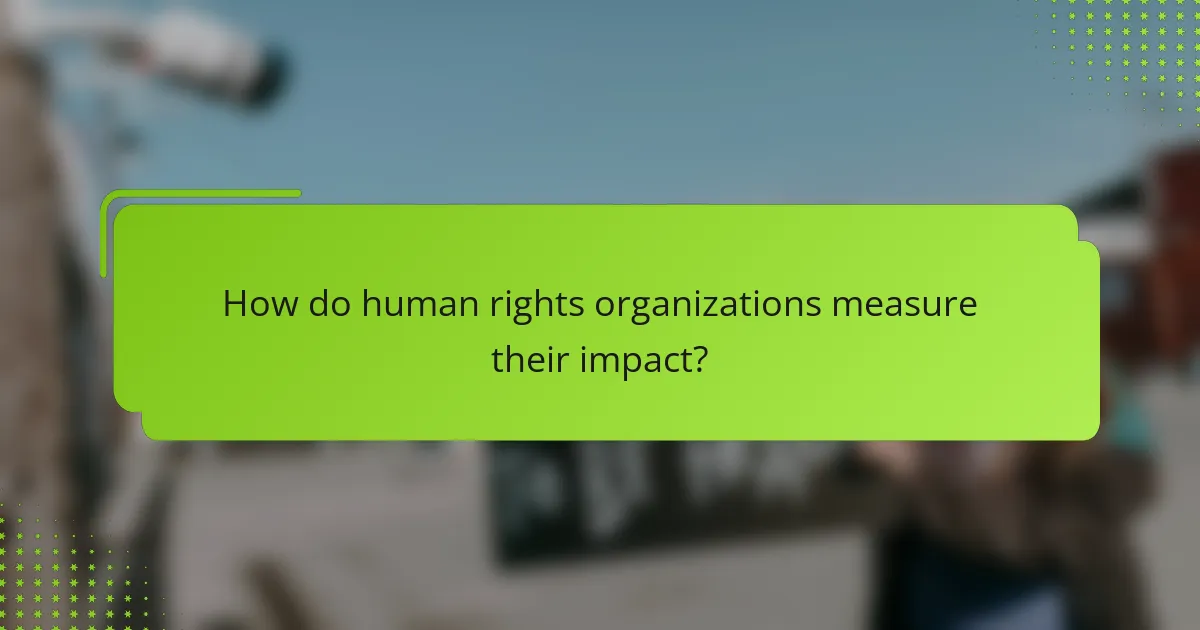
How do human rights organizations measure their impact?
Human rights organizations measure their impact through various methods, including tracking legislative changes, conducting surveys, and analyzing case studies of successful campaigns. These approaches help assess how effectively they influence policy and public opinion regarding human rights issues.
Tracking legislative changes
Organizations monitor changes in laws and regulations to gauge their influence on human rights policies. This involves analyzing new legislation, amendments, and government actions related to human rights. For example, a human rights group may track the passage of laws that protect minority rights or enhance freedom of speech.
To effectively track these changes, organizations often collaborate with legal experts and utilize databases that compile legislative records. They may also issue reports that highlight significant shifts in policy, providing a clear picture of their advocacy efforts.
Surveys and public opinion research
Surveys and public opinion research are essential tools for human rights organizations to understand societal attitudes towards human rights issues. By collecting data on public perceptions, these organizations can identify trends and measure shifts in awareness or support for specific causes.
Organizations often conduct polls before and after campaigns to assess changes in public opinion. For instance, a survey might reveal increased support for refugee rights following a targeted awareness campaign, demonstrating the effectiveness of their advocacy efforts.
Case studies of successful campaigns
Case studies provide in-depth analysis of specific advocacy campaigns that have led to meaningful policy changes. By documenting these successes, organizations can illustrate effective strategies and share lessons learned with other advocates. A notable example is a campaign that successfully lobbied for the abolition of the death penalty in a specific country.
These case studies often include details such as the methods used, the stakeholders involved, and the outcomes achieved. They serve as valuable resources for future campaigns, helping organizations refine their approaches and maximize their impact on human rights issues.

What challenges do human rights organizations face in diplomacy?
Human rights organizations encounter significant challenges in diplomacy, primarily due to government resistance, funding limitations, and security threats to activists. These obstacles can hinder their ability to advocate effectively for policy changes and influence international relations.
Government resistance
Government resistance is a major hurdle for human rights organizations, as many states view their activities as a threat to national sovereignty or stability. This can manifest in various ways, including restrictive laws, censorship, and outright hostility towards activists.
For instance, some countries impose legal barriers that limit the operations of NGOs, such as requiring excessive reporting or restricting foreign funding. This resistance can stifle the organizations’ ability to engage in diplomatic dialogues and advocate for human rights reforms.
Funding limitations
Funding limitations pose a critical challenge for human rights organizations, often impacting their operational capacity and outreach efforts. Many rely on donations, grants, and government support, which can fluctuate based on political climates and donor priorities.
Organizations may find themselves competing for limited resources, especially in regions where multiple causes vie for attention. This competition can lead to underfunding, which restricts their ability to conduct research, run campaigns, or provide support to affected communities.
Security threats to activists
Security threats to activists are a pressing concern for human rights organizations, as many individuals face intimidation, harassment, or violence for their work. These threats can deter activists from speaking out or engaging in advocacy, ultimately weakening the organizations’ impact.
In some regions, activists may be subjected to surveillance, imprisonment, or even assassination. Organizations must prioritize the safety of their members by implementing security protocols and providing training on risk management to ensure their continued efforts in promoting human rights.
